At the just-ended 2023 Shanghai Auto Show, almost every car manufacturer released new cars or new strategies. For each new car model, the competition at the level of product capability has been fierce, specifically in terms of intelligence.
The competition in intelligence can be said to be the hottest topic in the past two years, which can be divided into two directions: intelligent driving and intelligent cockpit.
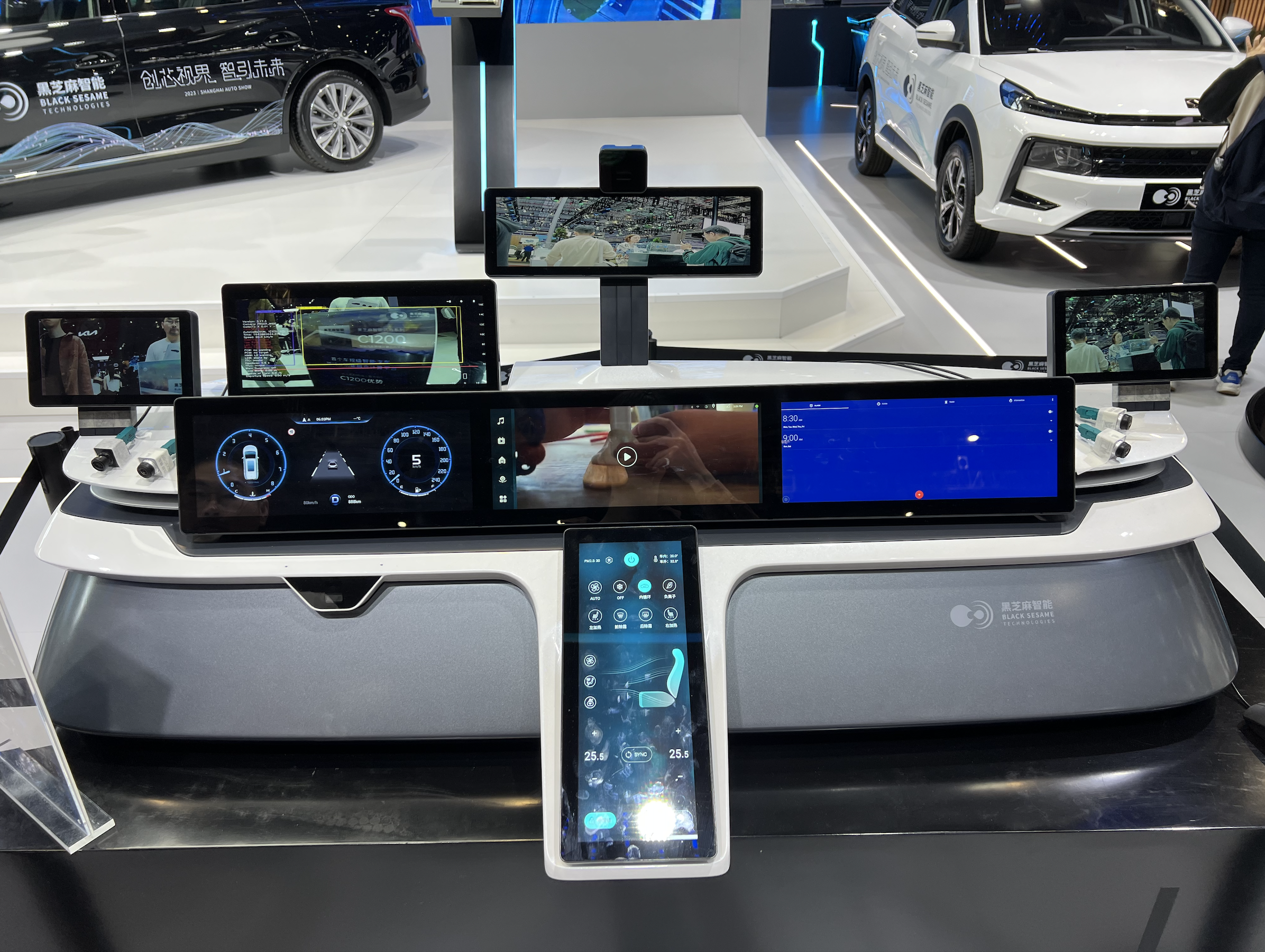
Intelligent cockpit is a relatively new term that can refer to the experience of cockpit configuration and the function of the in-car screen. On the one hand, at the consumer level, intelligent cockpit can provide users with a better experience in the car, and on the other hand, at the car manufacturer level, it can also promote intelligent cockpit as the core highlight of the entire vehicle. In the current stage where intelligent driving has not yet fully developed, intelligent cockpit bears the responsibility of automobile intelligence.
This time, we will take stock of several development directions and various products related to intelligent cockpit at this year’s Shanghai Auto Show.
Diversification of Interaction Methods
There was a relatively special booth at this auto show, which was Unity.
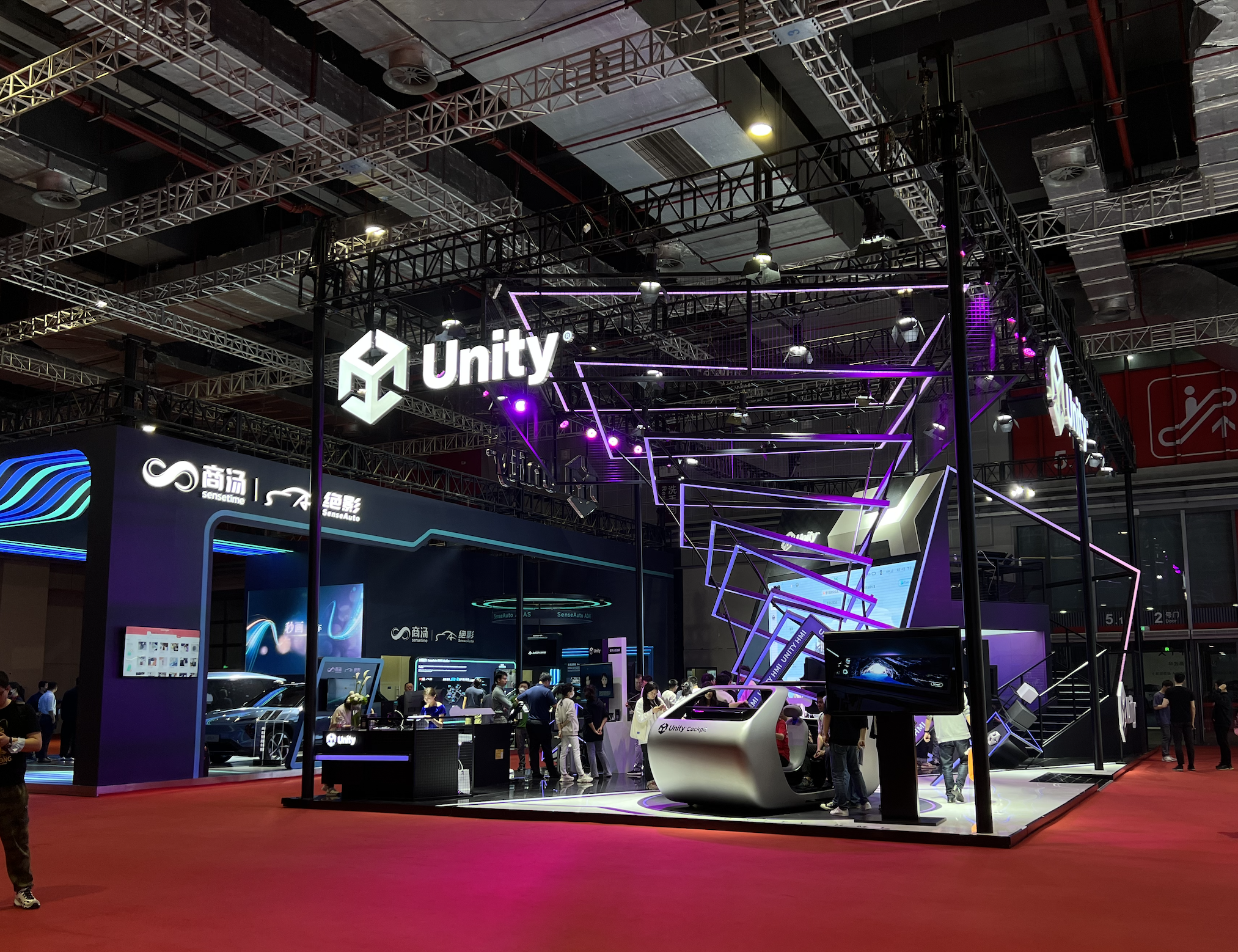
As a 3D game engine company, Unity has already cooperated with many car manufacturers on a large number of models, such as NIO, Xiaopeng, etc., which have all adopted Unity’s engine rendering of the real-time 3D interface.
At this year’s auto show, both new forces and BBA (Mercedes, BMW, and Audi) have created a 3D car control interface in the car’s console, in order to increase the aesthetic level and interaction convenience.
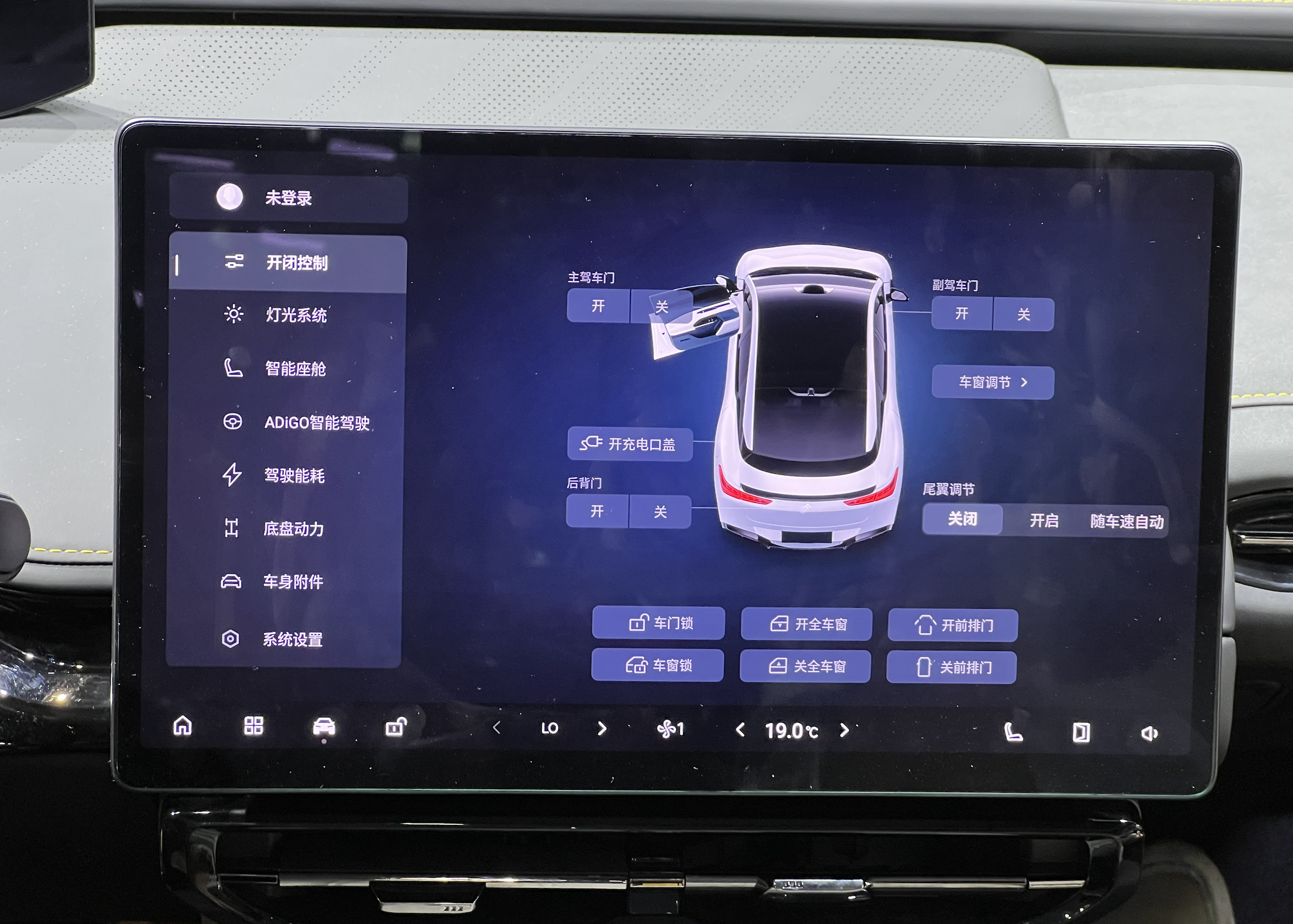
NIO, Xpeng, Ideal, Flyme Auto, Lotus, Mercedes, and BMW have all applied 3D interaction methods. A classic example is the animation of the air-conditioning outlet, which has been imitated by various brands and models since Model 3 was released. Currently, almost all electric air-conditioning outlets use this interaction method.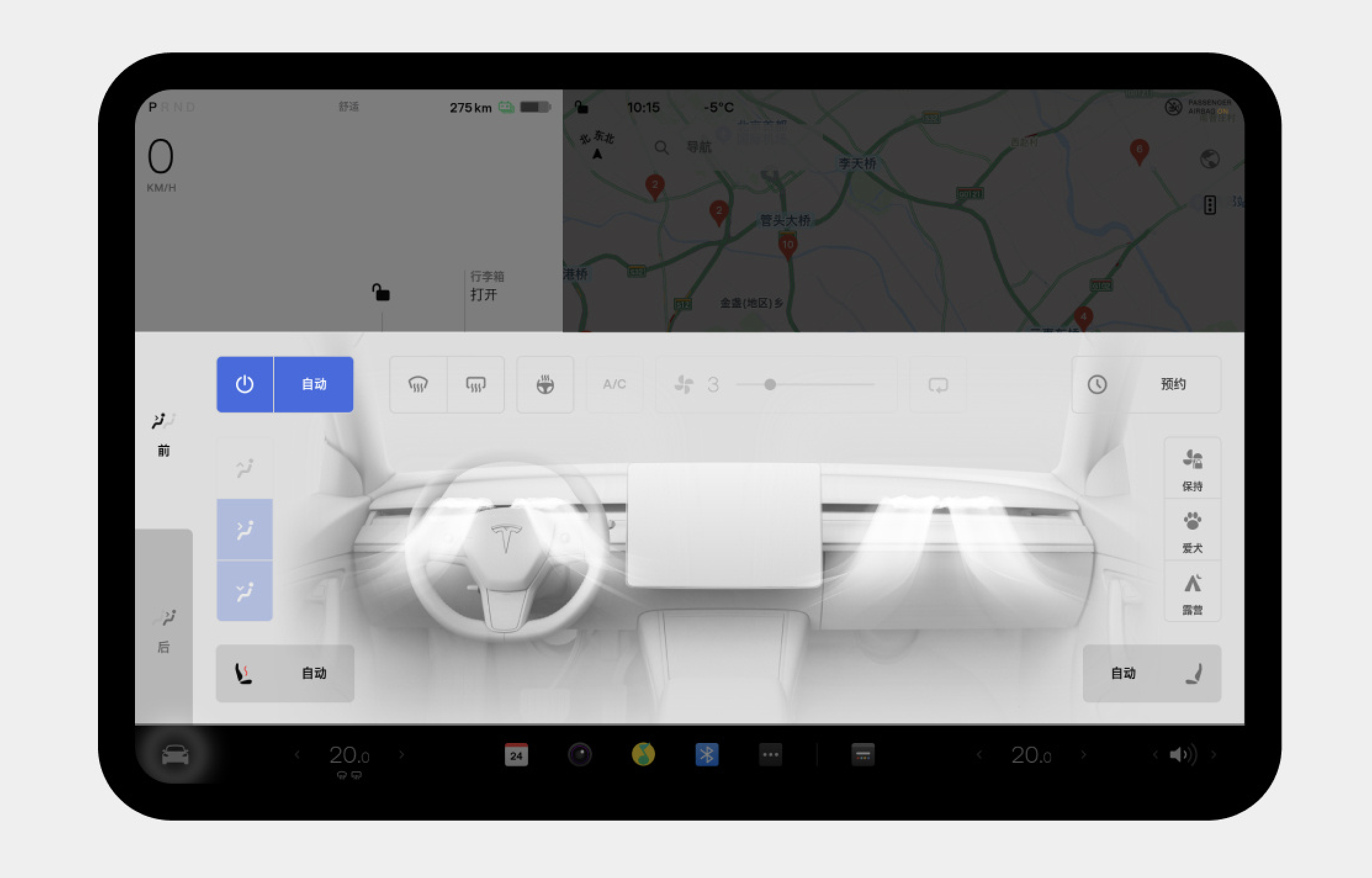
Another example is the 3D model display of cars, which is widely used by BBA with the main function of helping users better understand the settings for power or chassis-related functions. By displaying text options and 3D images on the screen, compared to static images, it can provide better visual perception and pleasure.
These perceptions provide a higher level of pleasure visually, and with good car infotainment visual design combined with interior design, it can also reach a higher level of atmosphere creation in the car.
Regarding this point, the latest release of Flyme Auto by Meizu also uses interactive effects similar to continuous scene switching displayed at the Unity booth. Moreover, it should be noted that Flyme Auto has also introduced the Unity engine in the implementation of these effects.
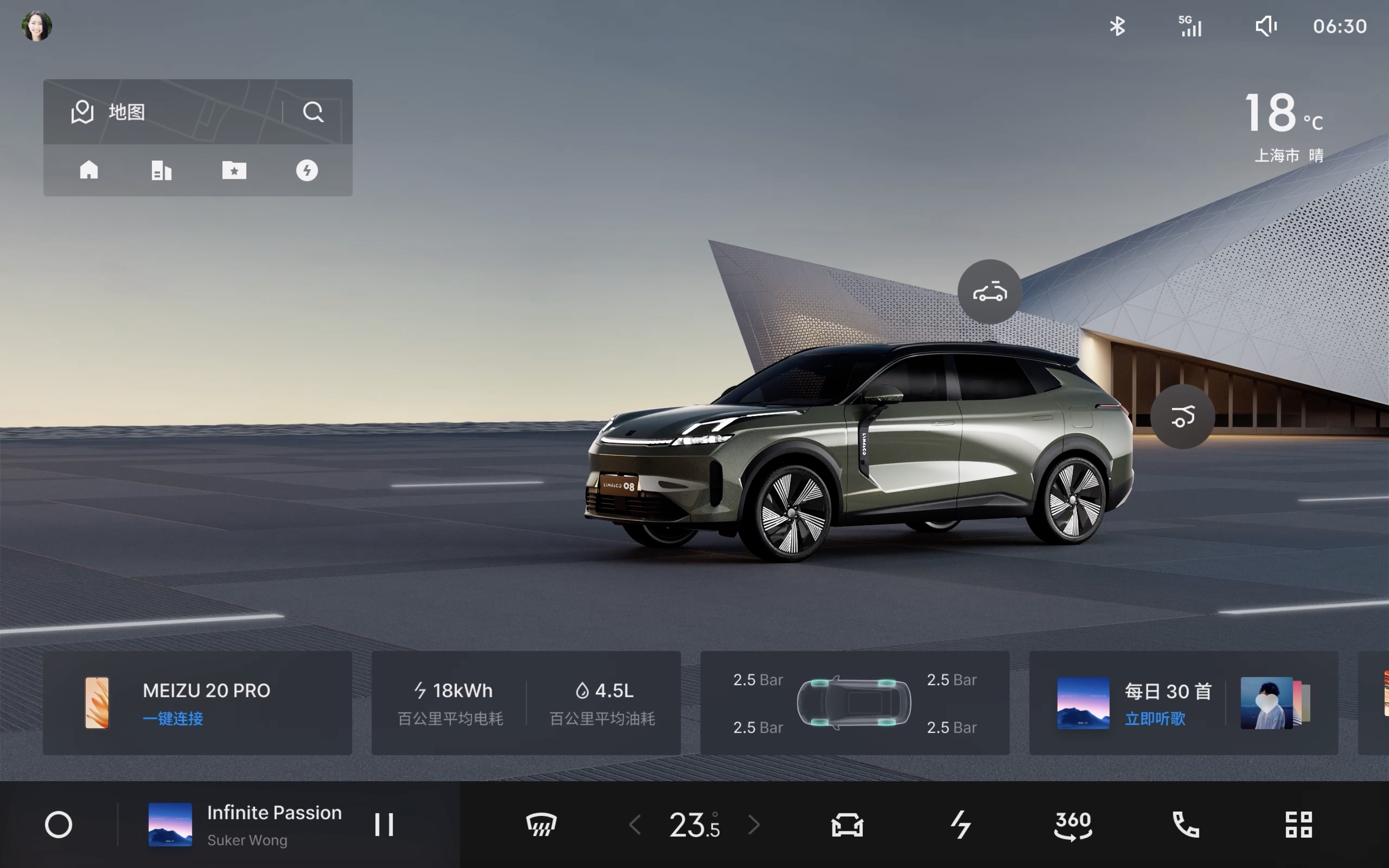
Diversified Display Forms in Cars
Currently, in most car models, information is basically conveyed through screens, which is the mainstream way to replace traditional indicator lights and pointer-style instruments.
Of course, in addition to screens, there are also HUDs that have been increasingly deployed on more and more car models in recent years. Furthermore, the size of the HUD is also getting larger and the pricing of models with HUDs is getting lower.
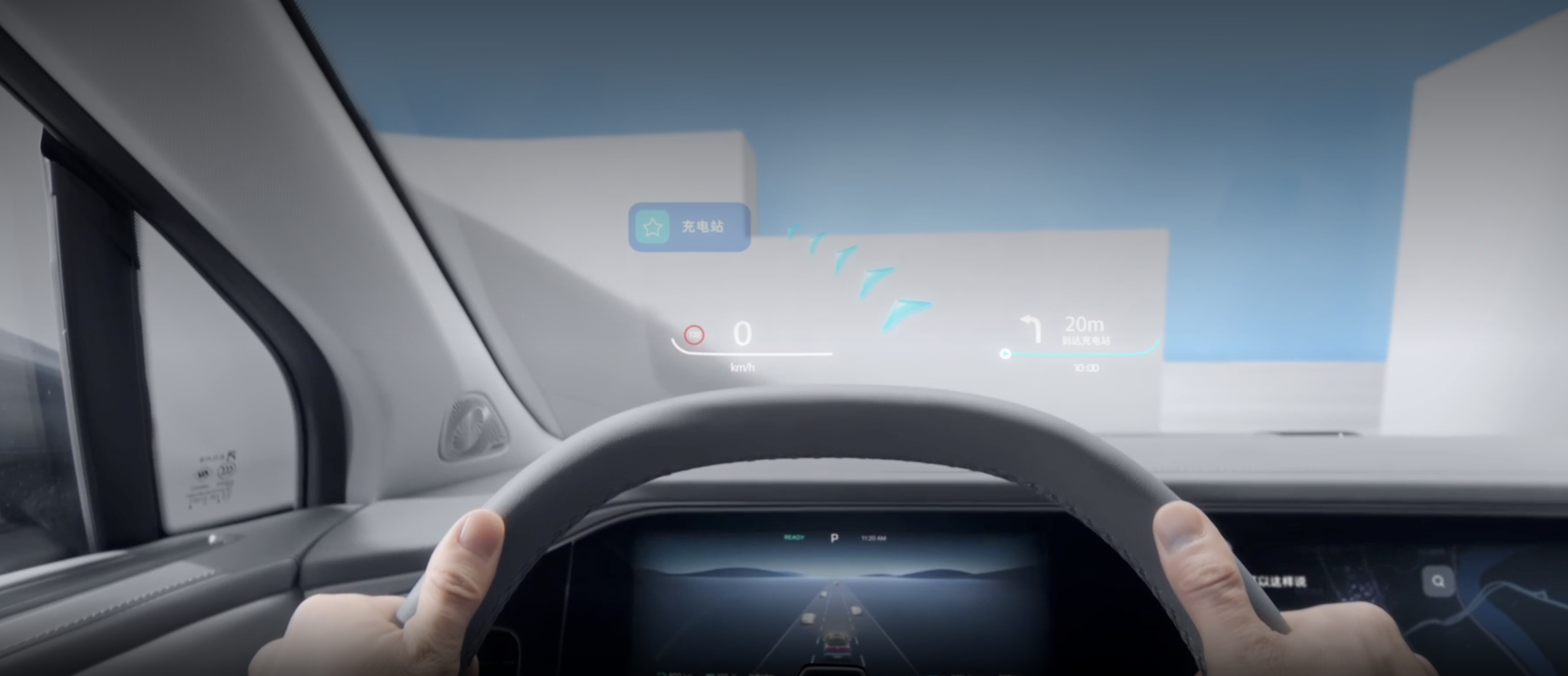
But at the 2023 Shanghai Auto Show, many new display forms were introduced.
For example, the NIO NT2.0 model is equipped with the PanoCinema panoramic digital cockpit, which supports an external Nreal AR glasses and has specially designed AR interactions and sound linkage effects, which can achieve an equivalent of a 201-inch screen inside the car. NIO has also developed a special anti-shake algorithm for the inside of the car to adapt to the complex shaking and movement of this type of environment.
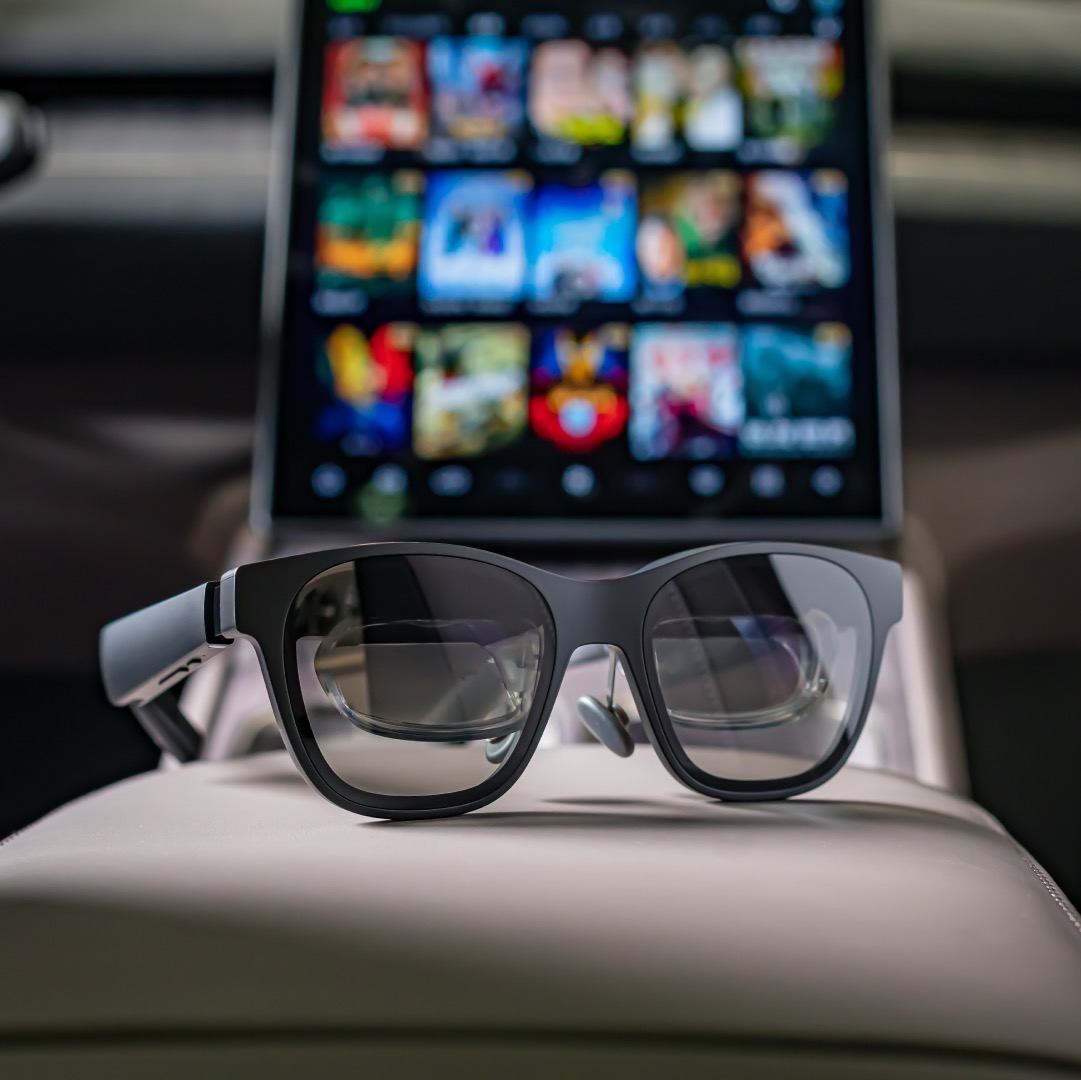 BMW showcased the latest panoramic-view bridge technology with their concept car, the Dee, at this year’s auto show and announced that this technology will be put into production by 2025.
BMW showcased the latest panoramic-view bridge technology with their concept car, the Dee, at this year’s auto show and announced that this technology will be put into production by 2025.
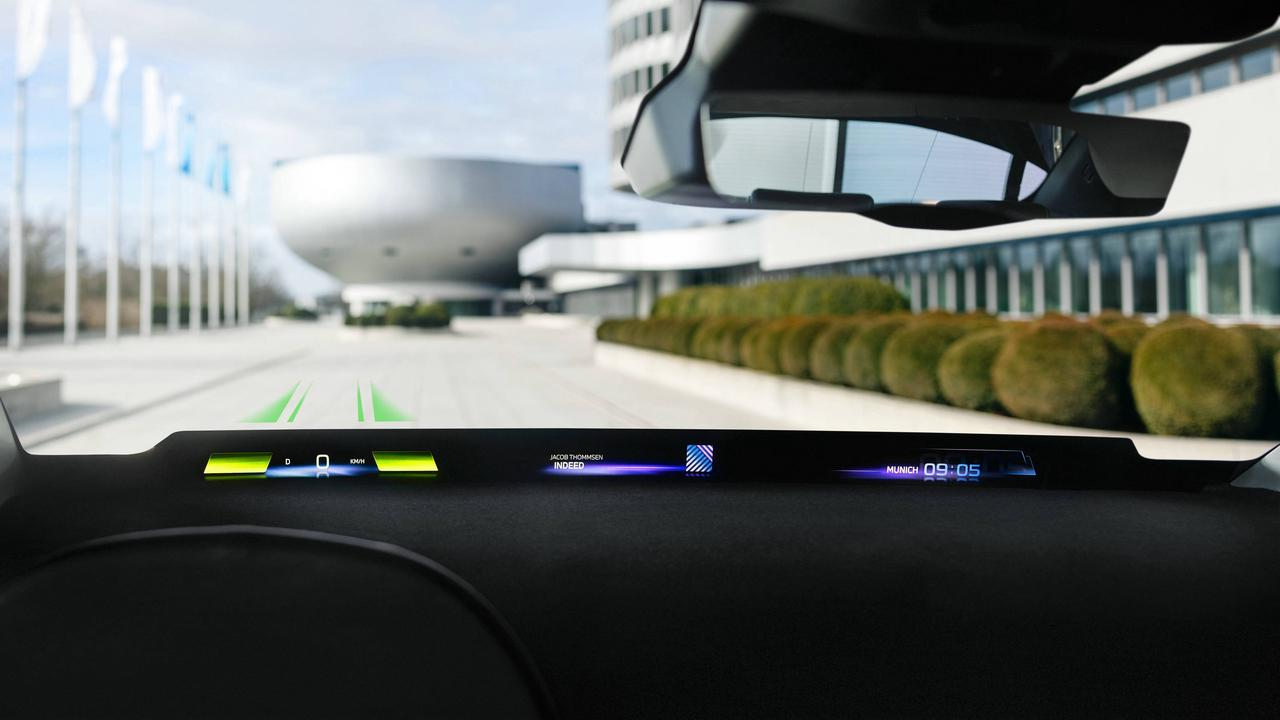
In simple terms, the panoramic-view bridge is BMW’s understanding of the next generation of HUD technology. Its feature is that its width is almost equal to that of a windshield, but its implementation effect is different from that of traditional HUD.
Traditional HUD can only be viewed by the driver under specific angles. But the principle of the panoramic-view bridge is similar to placing a whole screen under the windshield, which can be seen after being reflected by the windshield.
Therefore, the angle is not limited inside the car, which means that every passenger can see it.
In theory, it can also achieve the effect of AR road fusion display by using the on-board cameras to locate the driver’s eyes.
Huawei also presented a new display solution–the light field screen.
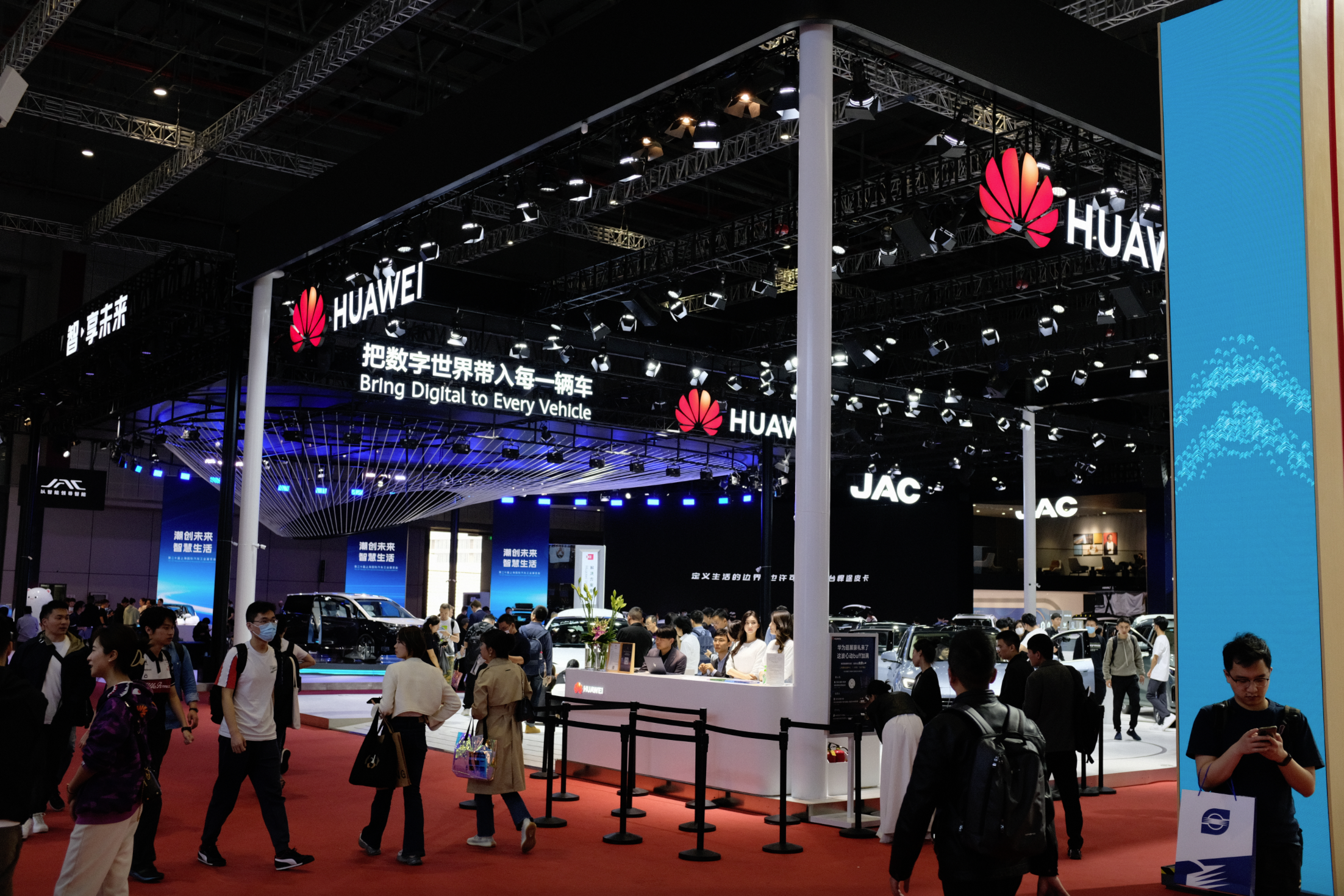
The light field screen adopts original optical engine technology, which creates large-format, deep sensation, low halo, and eye relaxation experiences, greatly improving the visual perception inside the car. It can achieve imaging at 3 meters away, with a super-sized screen of 40 inches and 90 PPD super retinal-clearness. It can install a personal cinema in the car.
According to clinical tests by the Zhongshan Ophthalmic Centre of Sun Yat-Sen University, it can reduce the ability of ciliary muscle adjustment by 96%, effectively relieving eye fatigue compared to traditional LCD screens. Verified and tested by SGS and the China Standardization Research Institute, the Huawei light field screen won the only gold standard for low halo in car displays in the world. It can reduce the discomfort of watching movies inside the car by 35% compared to LCD screens, and by 90% compared to VR glasses.
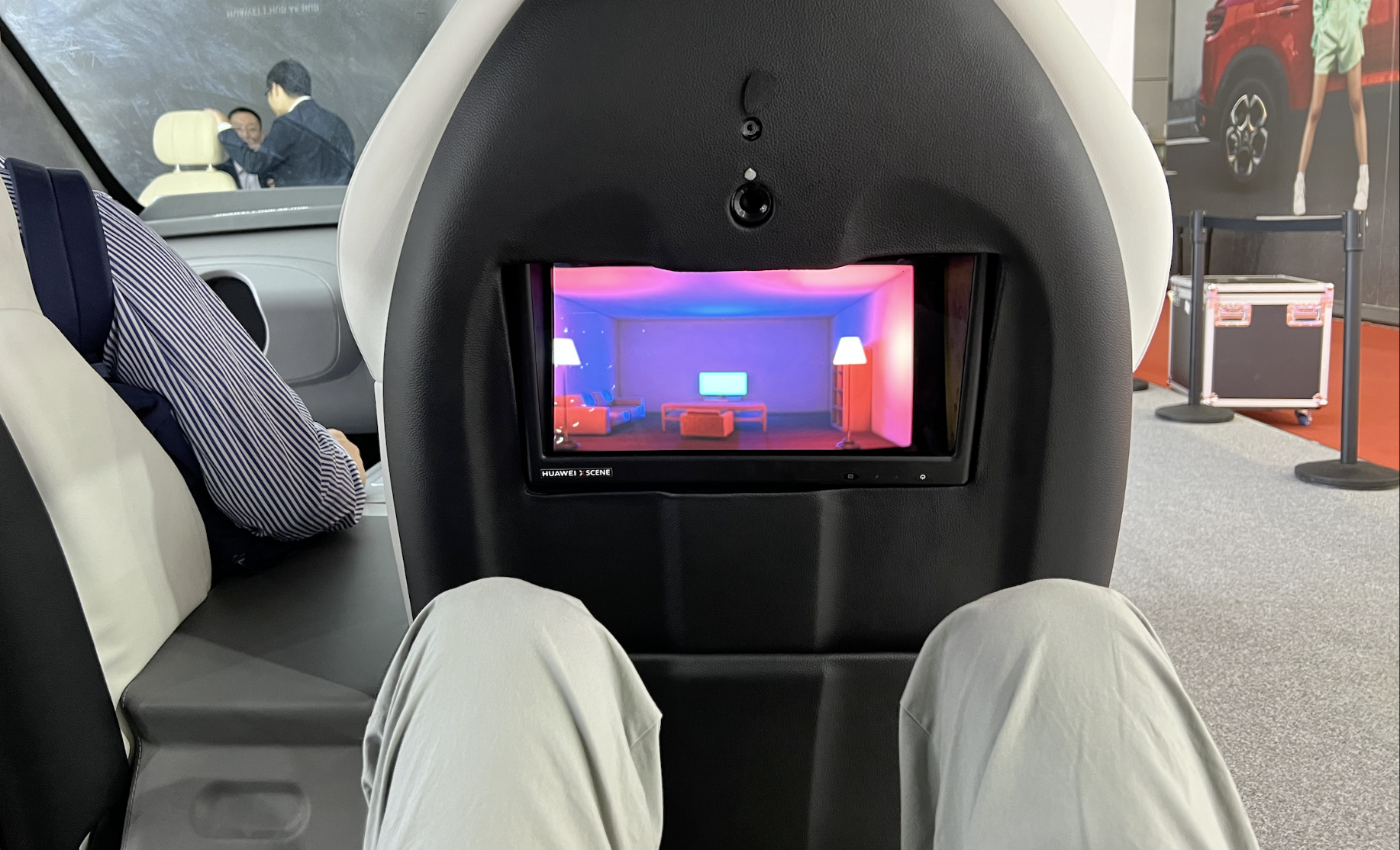
The various forms of display actually reflect the different ideas of various manufacturers for the next generation of intelligent cabins. In this era, where smart driving technology is about to make a breakthrough, this point is particularly important.## Hardware Platform Trends towards High Computing Power
As mentioned earlier, 3D interactive functionality consumes a high amount of performance on current mainstream cockpit computing platforms.
Currently, due to restrictions on automotive regulations, the chip manufacturing process of the chips installed in vehicles remains at 7nm. Based on the 7nm process, the Qualcomm Snapdragon 8155 has a high market share, and almost all car models above 200k RMB are equipped with one 8155, with some models even having more.
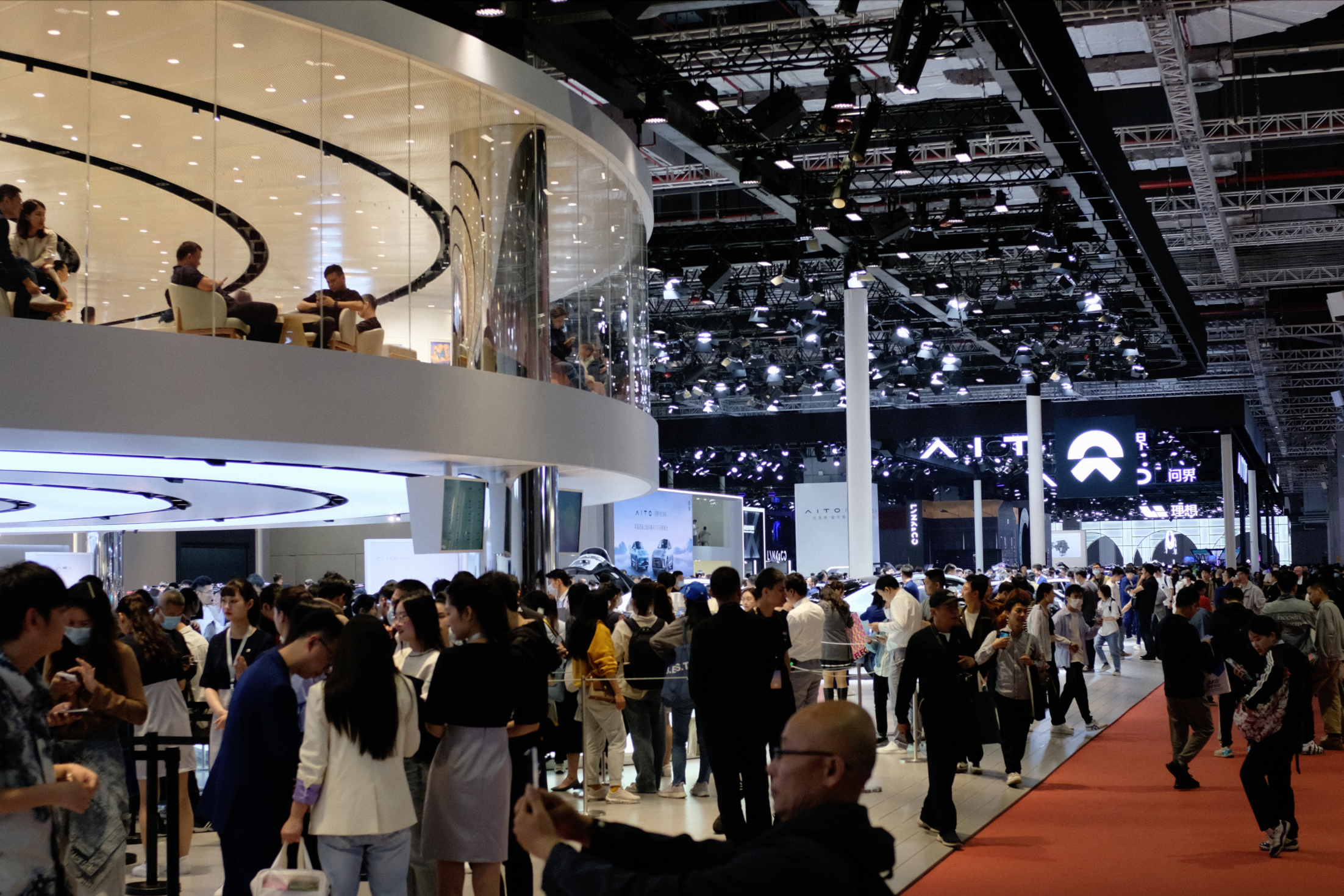
However, for current practical purposes, the 8155, which has been released for 4 years, is still slightly inadequate in terms of computing power.
For example, in order to achieve significantly better visual effects than other car models with just one 8155, the Lotus Eletre combines the computing power of two 8155s together. In addition, some car models cannot use the voice function while starting the panoramic imaging, which shows that the current intelligent cockpit needs stronger computing power to support increasingly complex daily interactive scenes.
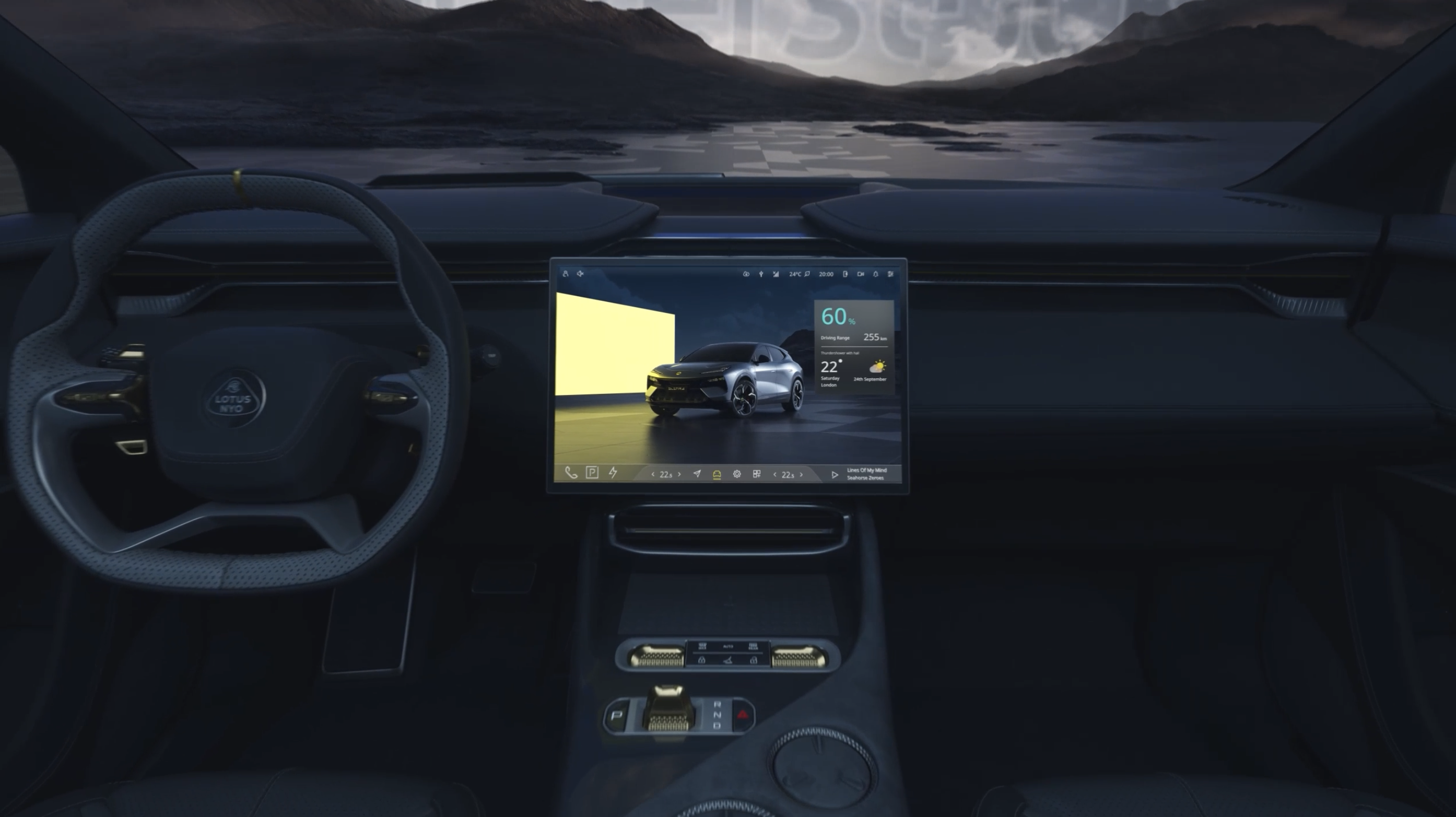
Led by Tesla, as well as Qualcomm and Ecarx, high-computing power hardware platforms are now being introduced to support increasingly complex interactive effects and concurrent operations. In addition, a stronger NPU computing power can also provide deployment space and support for various AI functions in the future.
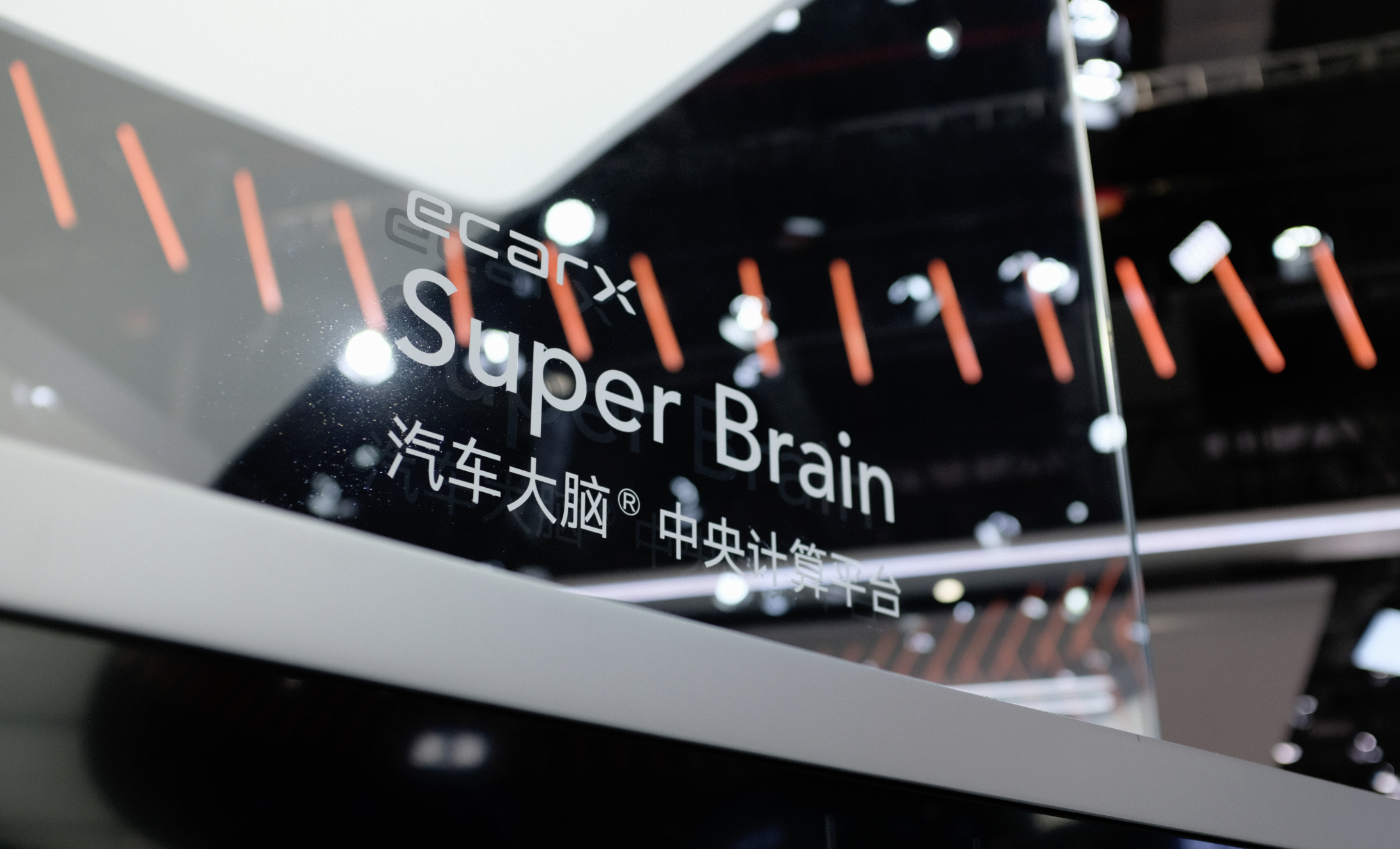
However, they are divided into several directions. Tesla and Ecarx’s Makalu computing platform uses a collaboration with AMD, each launching their own X86 computing platform based on Ryzen embedded processors and designed to achieve ultra-high graphics rendering capabilities and compatibility with PC applications and gaming ecosystems.
Tesla has already installed this intelligent cockpit computing hardware on all existing car models, while Ecarx’s Makalu computing platform will be first launched on smart car models in 2024.Another trend is the continuous iteration of ARM architecture chips. Compared with the previous generation 8155 processor, Qualcomm’s 8295 processor, which will be mass-produced in 2024, has a performance increase of up to 8 times. It will also be first launched on Jidu Robo 01 in 2023.
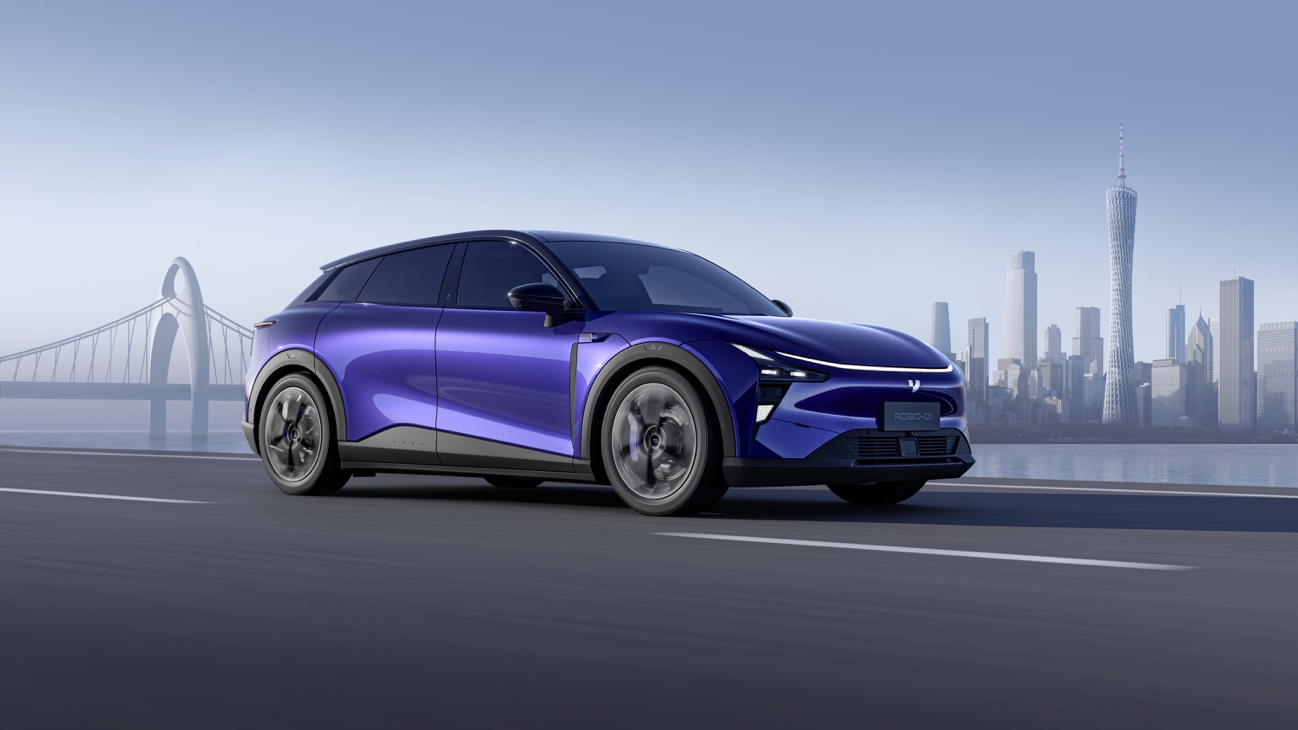
Yikatong has also launched its own Antora 1000 Series computing platform. The first model is the Antora 1000 Pro on the Lynk & Co 08, which is based on the dual dragon yihao scheme. The computing power of a single dragon yihao is roughly equivalent to that of the 8155, while the Antora 1000 Pro’s hardware is clearly more powerful than the current mainstream single 8155 scheme in the demonstration of the actual Flyme Auto system.
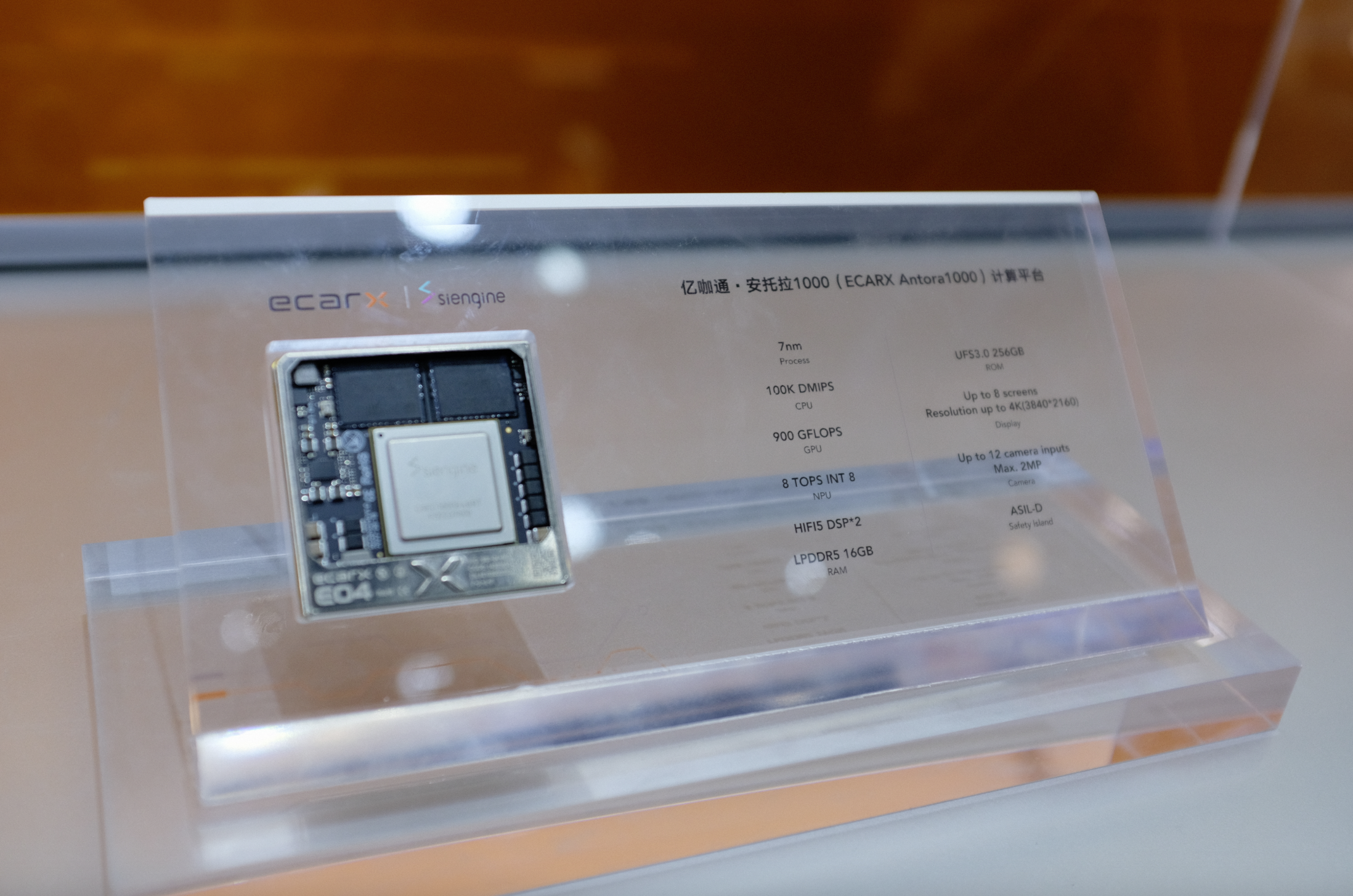
For the smart cockpit, chip computing power is crucial, providing necessary support for the development of multidimensional functions in the future. Not only does the screen display require powerful computing power, but also various interaction forms such as voice, gesture control, and AI camera recognition all require strong concurrent computing power support. Therefore, the direction of high computing power is obvious.
High-end and Standard Audio Trends
Brand-endorsed audio systems used to have a higher optional price on single vehicles, ranging from a few thousand to tens of thousands of dollars.
In January 2021, NIO ET7 announced the installation of a 7.1.4 channel in-car audio system, becoming one of the earliest car models to announce this feature. Since then, more and more car models have begun to install multi-channel audio systems, and the number of in-car speakers has gradually increased, and amplifier levels have also risen.
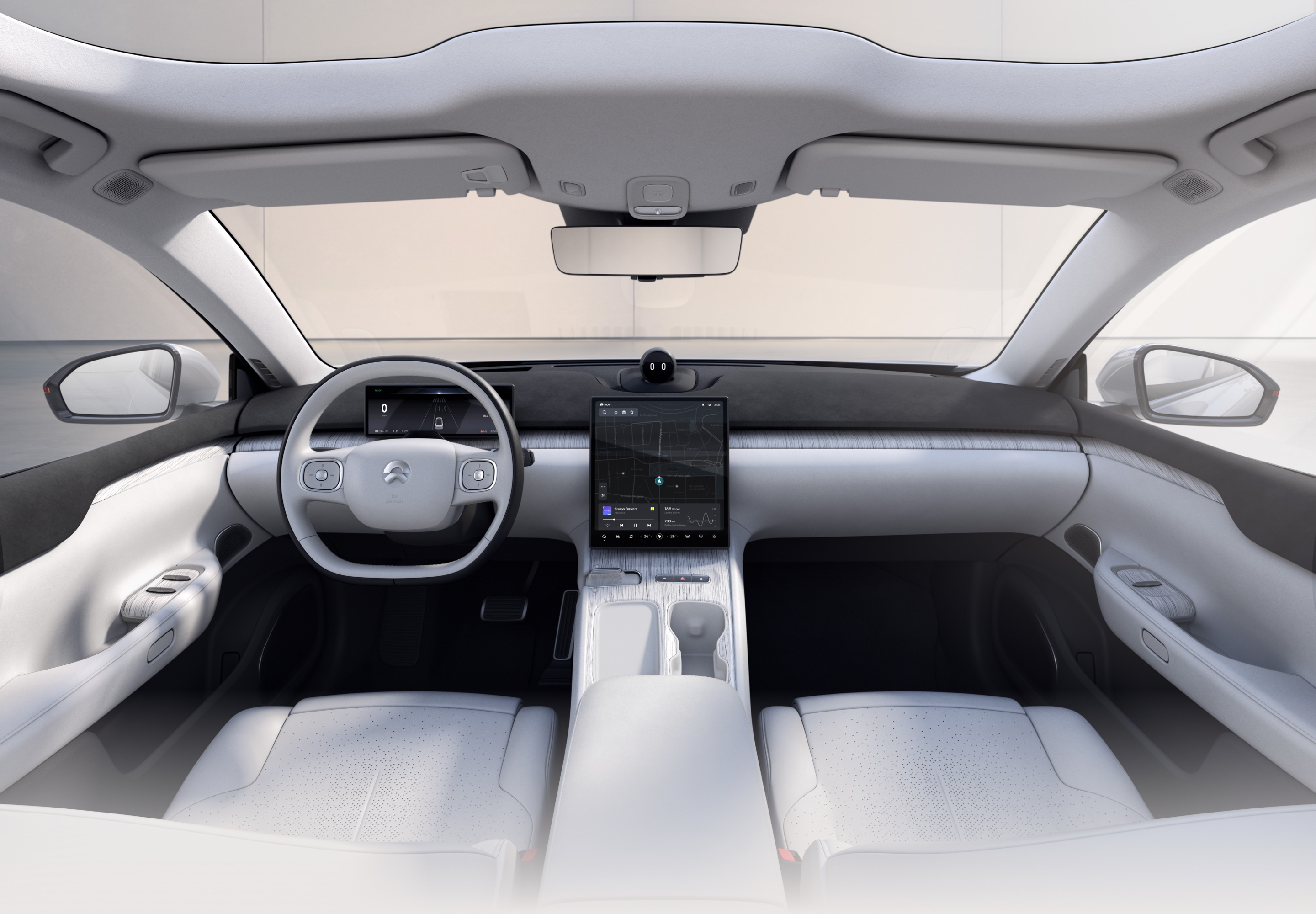
Overall, as a part of the cockpit entertainment system, in order to enhance the user experience, all models are moving towards high-end audio. The high-end audio that was once only available in luxury models has gradually expanded to models ranging from 200,000 to 400,000 yuan.### Chinese Version
比如哪吒 S 作为一款起售价 17.98 万的车,在 24.28 万的配置下就能够搭载支持 7.1.4 的环绕音响,并且在我之前的实际体验中,它的表现完全不逊色于售价一倍于它的车型。
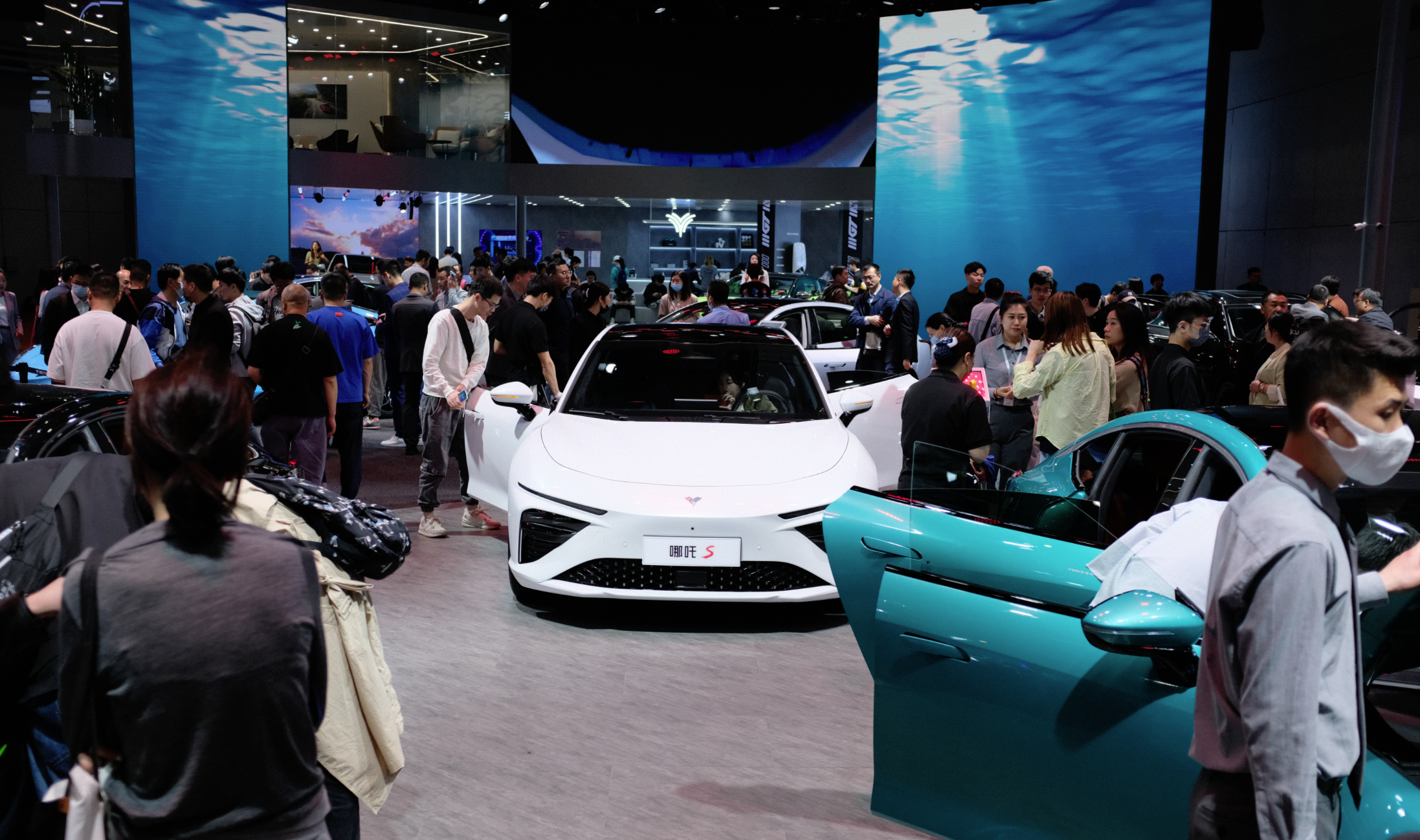
而在超过 30 万的高端车型中,这样的高端音响则有更多车型做到了标配。
比如蔚来和理想都采用了上声的方案,为所有的车型做到了高端音响的标配。一方面简化了车型的 SKU,另一方面也给用户带来更高更统一的座舱体验。
飞凡则在最新车型 F7 上打造了巴赫座舱的音响系统上,甚至玩起了双 DSP 的的方案,除了 8155 中内置的一颗之外,还加了一颗知名的 ADI DSP 芯片,实现了双 DSP 的系统设计。这些给了 F7 的音响系统更高的上限。
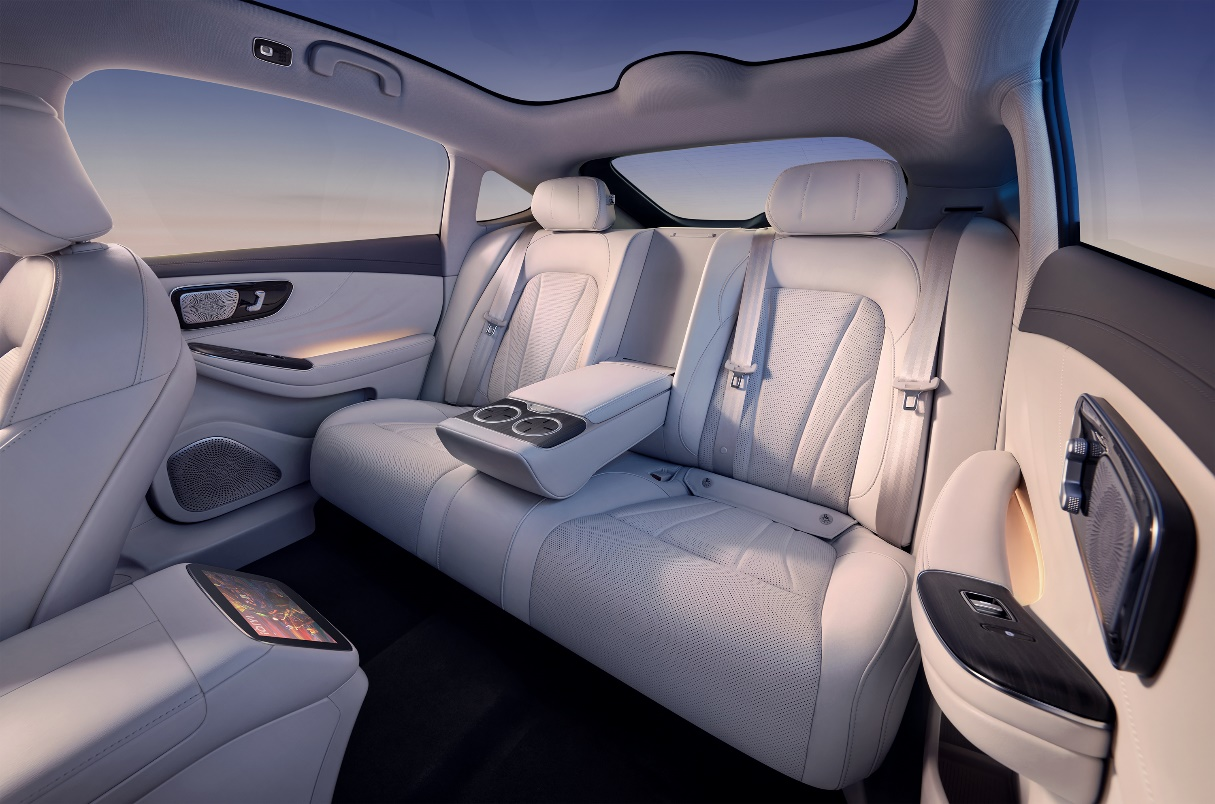
域融合与集中域控
目前,整车的发展方向有很多,比如一体压铸技术、中央域控等,总的来说都是在降低整车在设计和生产过程中的复杂度,提高效率并且降低成本。
而在智能化上,在过去几年里上市的最新车型都将过去传统的分布式 ECU 转为多域控,给整车更多的硬件带来了后期 OTA 的能力,比如蔚来、小鹏、理想等。但是这对于整车的智能化来说只是一个小的阶段。
域控架构的一个重点就是集中化,将大量的电控组件集合在一起,由专门的域控制器来统一控制,这些又分为座舱域、底盘域、智驾域、动力域、车身域等。过去的分布式 ECU 架构在最新的车型上由 6 个域控制器替代。
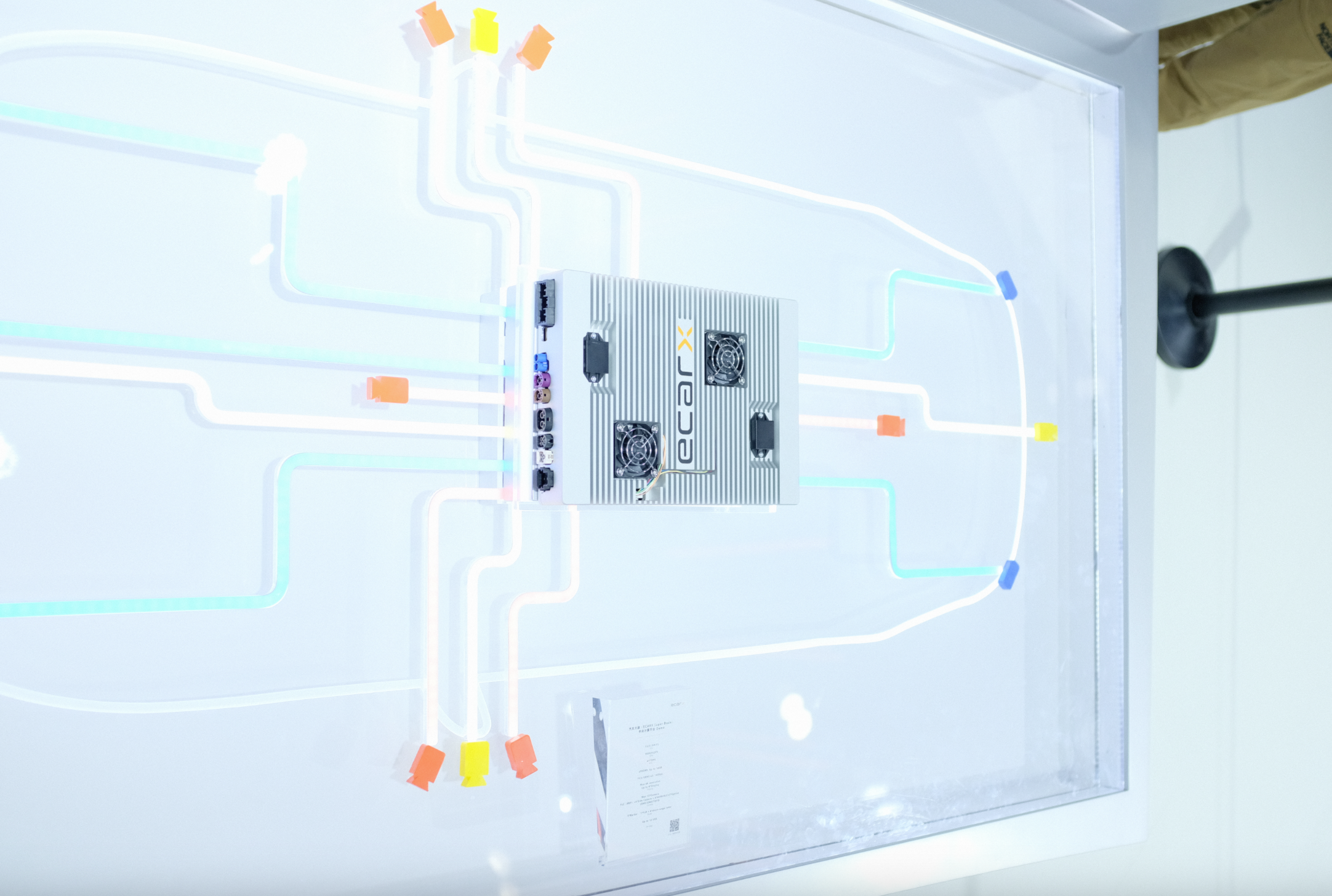 However, at present, the cabin and autonomous driving integration solution, which integrates the cabin domain and autonomous driving domain on a single SoC, is closer to realization. This is also a phased domain integration solution.
However, at present, the cabin and autonomous driving integration solution, which integrates the cabin domain and autonomous driving domain on a single SoC, is closer to realization. This is also a phased domain integration solution.
During the auto show, Heizhima released the Wudang series computing platform A1200, which can support cross-domain integration. A1200 adopts an innovative fusion design architecture, and through heterogeneous isolation technology, different computing power can be matched and combined according to different scenarios, specifications, and security requirements, which can support the flexible development of automotive electronic and electrical architecture and various architecture schemes such as dual brains, cabin and driving, and central computing.
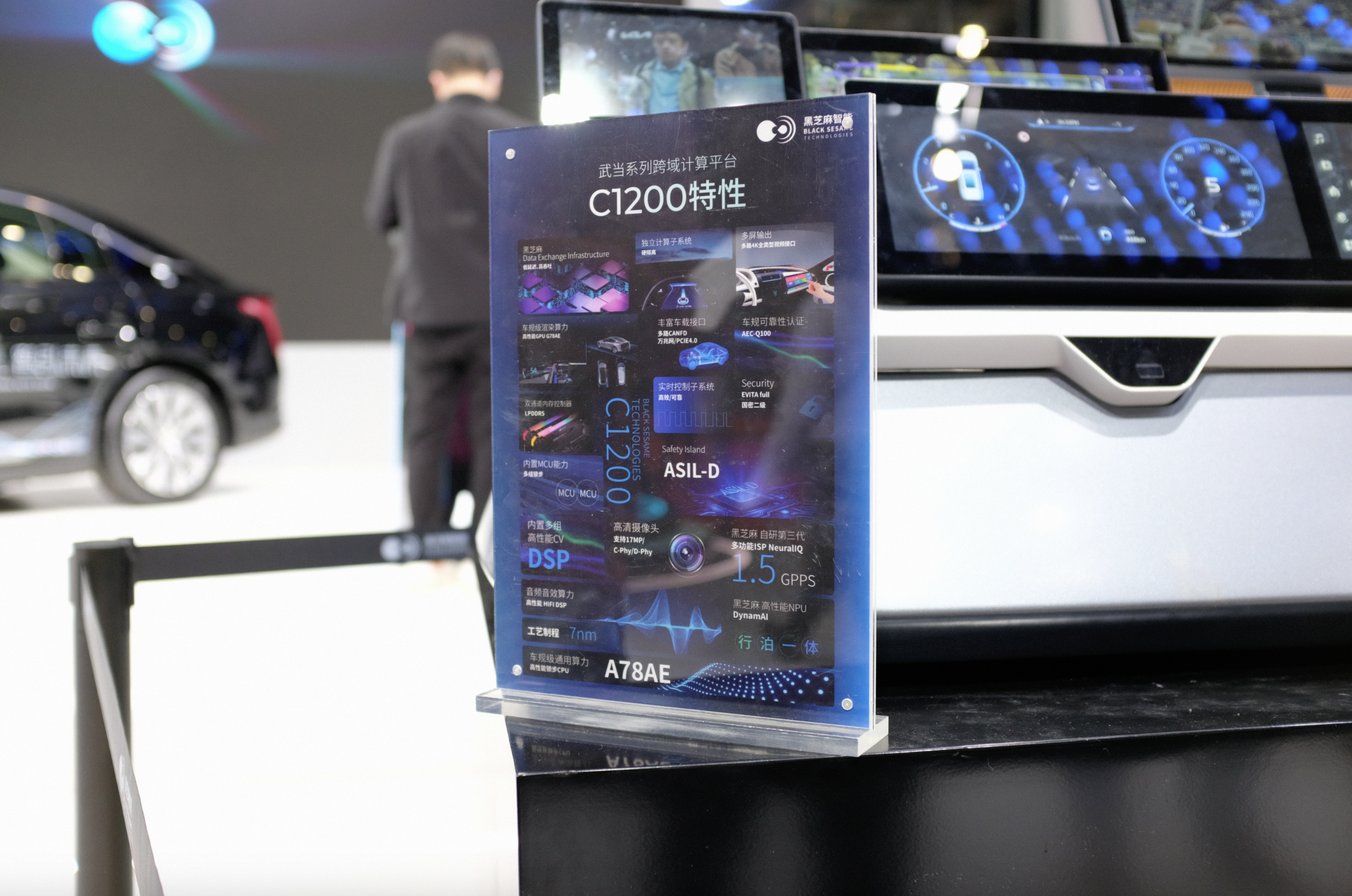
YiKaTong also exhibited the recently released Super Brain computing platform, using the combination of Dragon Eagle 1 and Heizhima A1000 to realize the cabin and driving integrated computing platform. Although it is not a fusion at the chip level, it can be considered as a cabin and driving fusion design to some extent when integrated on a PCB.
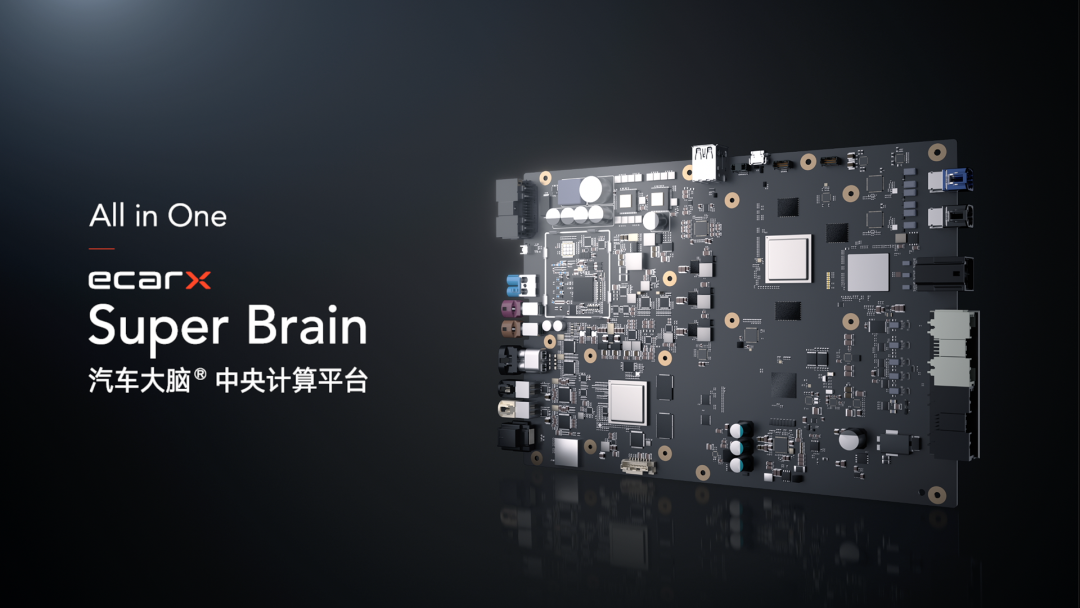
NVIDIA, which did not participate in the exhibition this time, had already released the next-generation intelligent driving computing chip Thor last year. This performance monster with 2,000 Tops computing power not only supports autonomous driving, but also can run multiple systems on the basis of running the autonomous driving system to achieve true cockpit fusion.

The mass production time of Thor is 2024, which is later than the debut model set by 8295 this year, the Robo 01. So, people are looking forward to what kind of impact these two chips will have on the intelligent cockpit field in the next two to three years.
Fusion of Car and Mobile Software Ecosystem
In the past two years, HarmonyOS, Meizu, and NIO have all started to build a common ecological system for mobile and in-car, and concepts such as ecological integration, information flow, and computing power sharing have appeared in order to create their own closed-loop experience.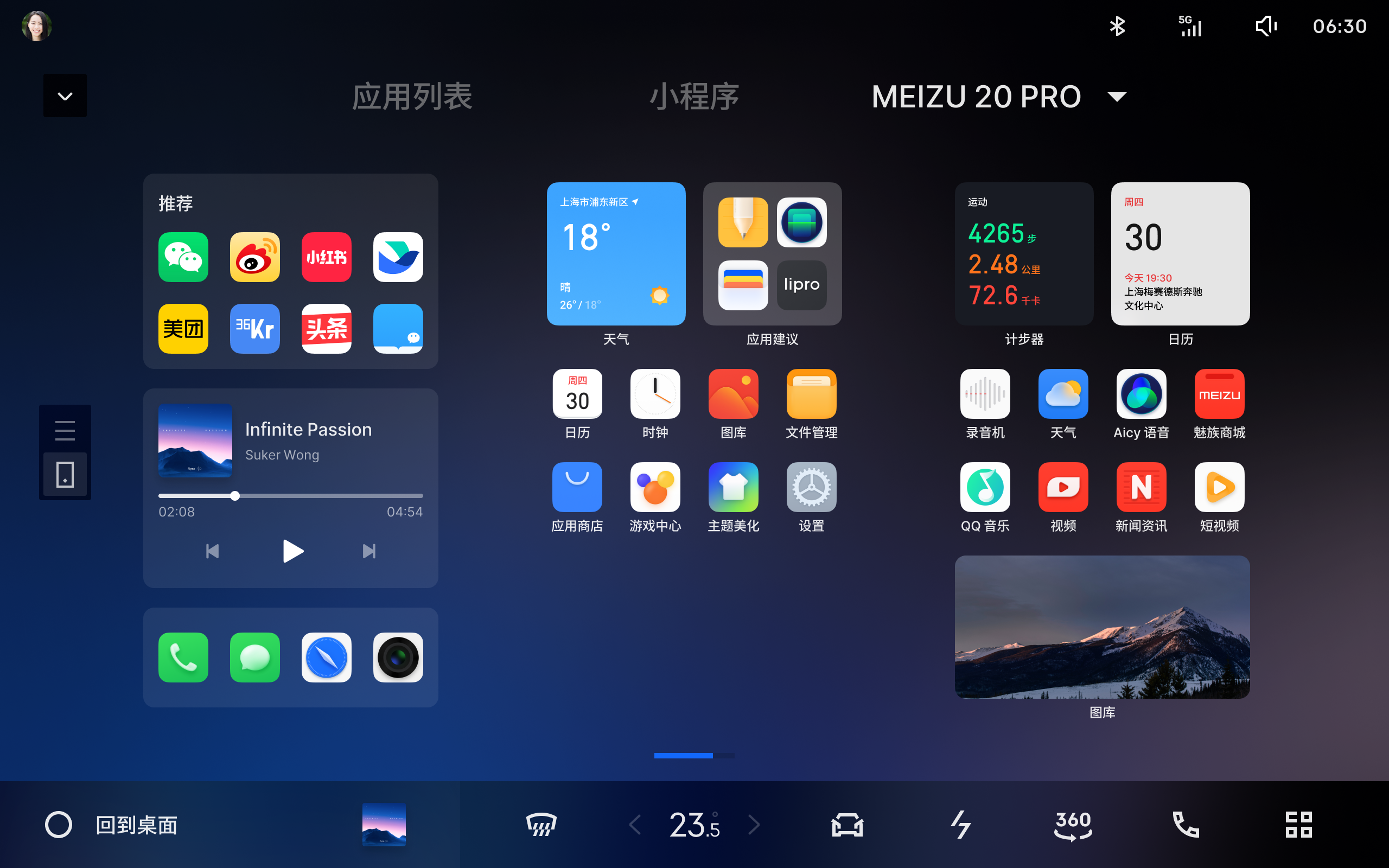
In terms of in-car scenarios, the application ecology of mobile phones itself has certain compatibility, such as the basic map navigation and music app. Previously, the adaptation of the car machine was achieved through transplanting or customizing the UI/UX, and of course, the customized interaction interface would provide a better experience.
Although Carplay can also achieve a certain degree of ecological synchronization or connectivity between the mobile phone and the car machine, it is an independent interface in most car models, and the interface style, layout, and interaction will be disconnected from the original car machine.
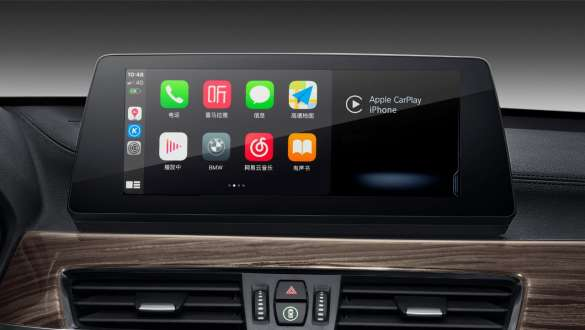
In addition to the above two, Hongmeng and Flyme Auto not only have native UI designs that are relatively excellent, but also have the connectivity between the car machine and mobile phone, which can synchronize app information or account information. Even in navigation and music, seamless integration can be achieved, which is a disruptive interactive experience for traditional car machines.
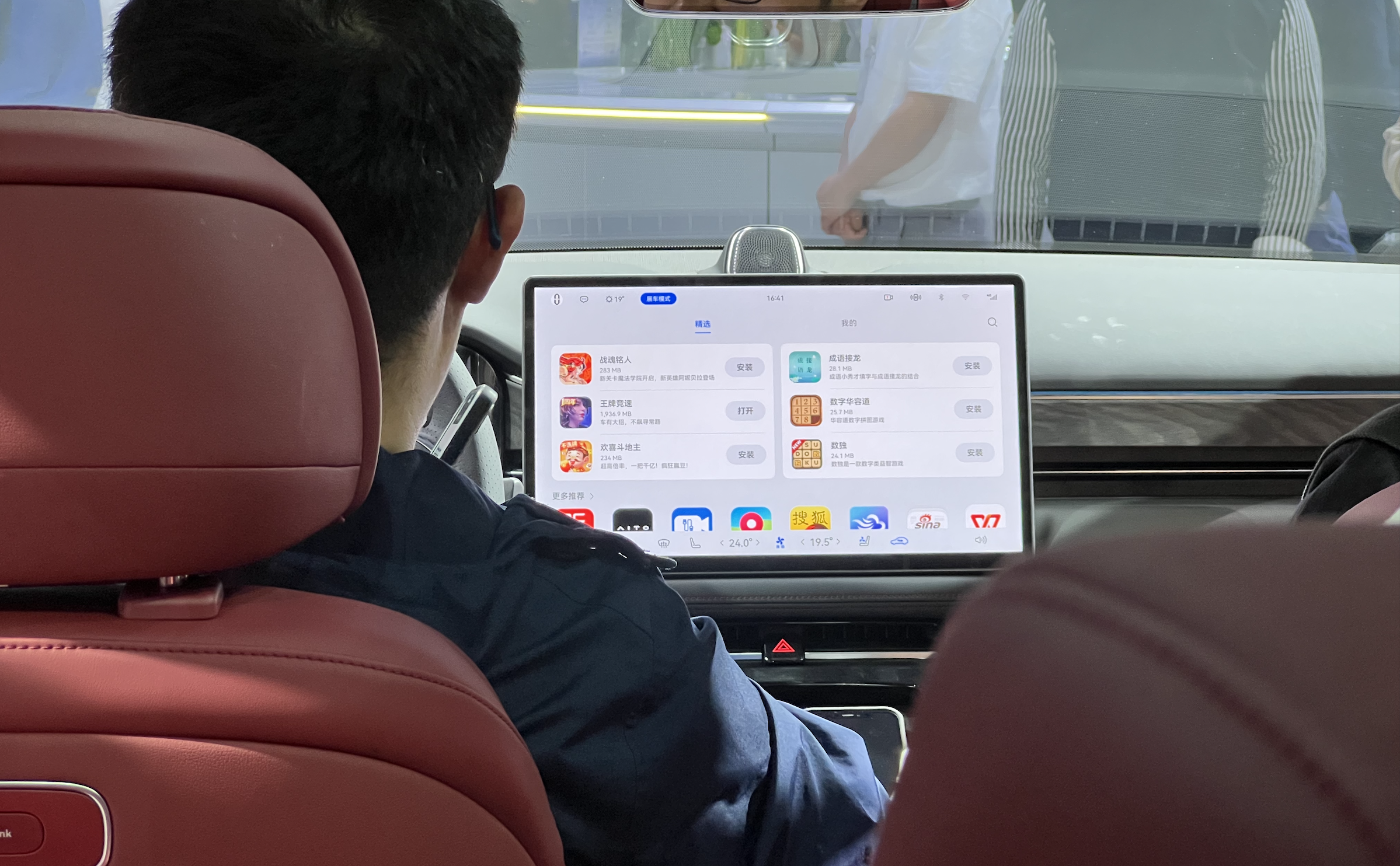
In addition to the above two, Nio also has ideas in this direction. At an earlier communication meeting, Li Bin also revealed that Nio will launch a mobile phone later this year. The Nio phone is also designed to solve the ecological experience problem between mobile phones and cars.
Finally
The intelligent cockpit has undergone rapid iterations in the past few years, to the extent that the mainstream cockpit chip 8155 can hardly meet the performance requirements at this stage, although it was only released 4 years ago. This not only shows the increasing demand for in-cabin performance, but also indicates that the entire smart cockpit arena is accelerating its transformation.
In terms of cockpit form, various new forms have emerged even now. For example, we can see more and more models equipped with zero-gravity seats, and even the definition of intelligent cockpit is constantly changing. How brands adapt to this trend of intelligence and keep up with the pace is something that every new model must consider at the product definition stage, and it is also the concern for consumers.The expectations of consumers both now and in the future.
This article is a translation by ChatGPT of a Chinese report from 42HOW. If you have any questions about it, please email bd@42how.com.
